After what seemed like forever in an airplane, I arrived in Anchorage via Norfolk, VA and Atlanta, GA. This morning my body was saying 8:00 AM, but the clock told me it was only 4:00 AM. With such an early start I was able to prepare for my day of exploring Anchorage. I love the combination of natural history and learning about other cultures, so Anchorage Museum and the Alaska Native Heritage Center were on my to-do list. Clear and sunny, with temperatures in the upper 60s F felt much like early fall at home and made for a gorgeous day.
Surviving In The Arctic
As I enjoyed the Anchorage Museum's exhibit "Living Our Cultures, Sharing Our Heritage: The First Peoples of Alaska", with artifacts on loan from the Smithsonian, I thought back to February when I was packing for PolarTREC training in Fairbanks and also to packing preparations for my time aboard the Healy. I have access to clothing and outerwear comprised of modern fibers, constructed using modern technology, designed to keep me warm and safe from head to foot. However, native cultures have survived and thrived in the Arctic for thousands of years without such modern conveniences. Outerwear, made from seal intestines, was sewn so finely that the garments kept their wearers dry. The bottoms of these coats could even be tied around a kayak's opening to keep the inside of the kayak dry. I think it was pretty ingenious to realize that cured intestines and other organ membranes could serve such a purpose. "Socks", made of beautifully woven grass were designed to be worn inside boots to keep feet dry.
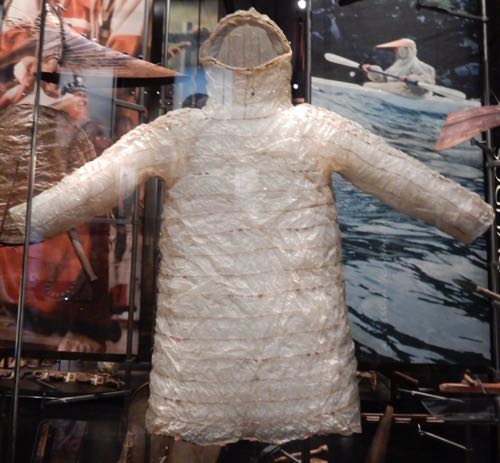

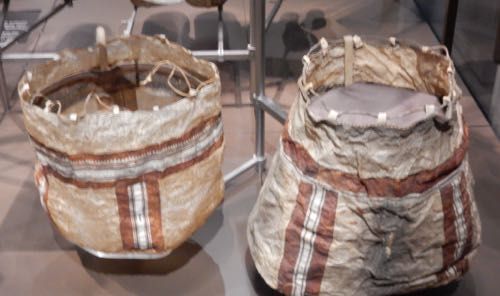
Other garments, made of furs and/or feathers, kept their wearers warm in harsh Arctic conditions.
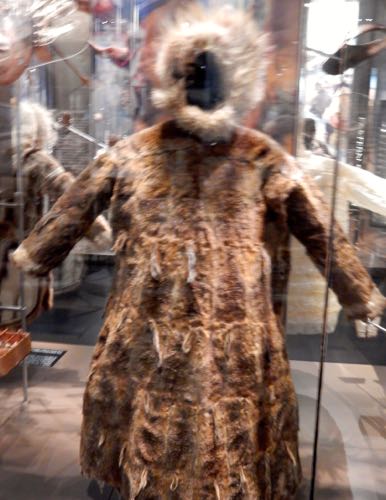
Keeping Native Culture Alive
At the Alaska Native Heritage Center I was able to watch a group of teens perform traditional dances. These dancers were enthusiastic about sharing their culture through dance, and I even learned a new word. Moccasin-style boots are often referred to by the general term "mukluk", but today I found out that the word is derived from the Yupik word for "bearded seal", whose skin is often used in constructing the soles of these boots; yet another example of using what is available to its fullest capacity.
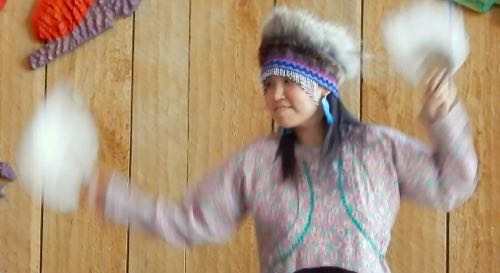
Surrounded By Beauty
I spent the day surrounded by beauty: beautiful scenery, beautiful culture, beautiful weather. On the way back to the hotel I was even able to capture some photos of the distant Chugach Mountains and their glaciers.
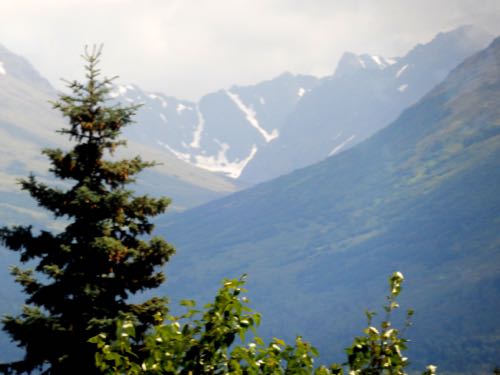
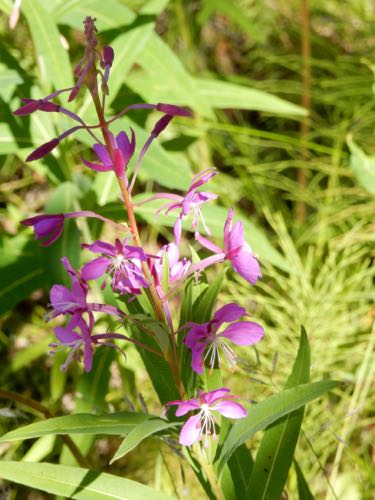


Comments